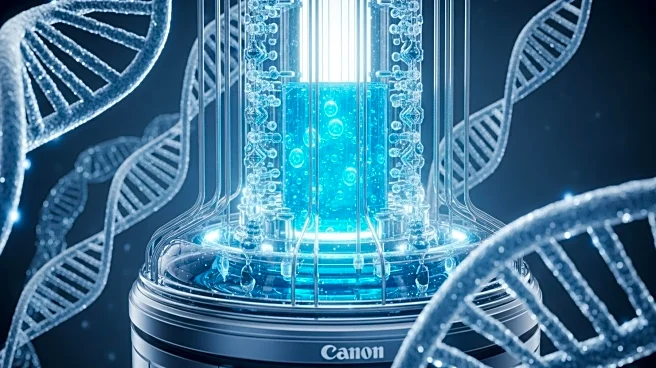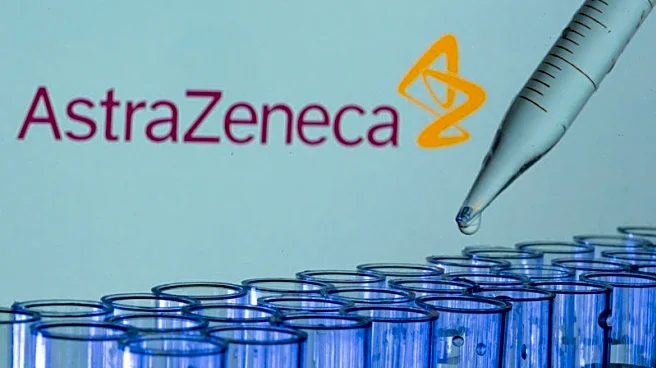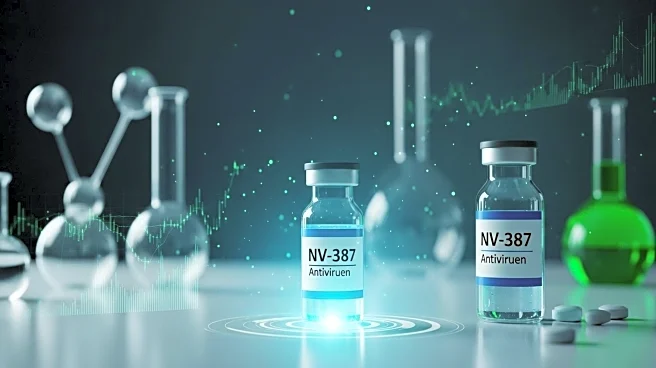What's Happening?
Asimov has introduced its AAV Edge Stable Producer system, aiming to improve the production of adeno-associated viral (AAV) vectors used in gene therapy. The system addresses the limitations of traditional transient transfection-based production, which often involves high costs and supply chain risks due to the need for multiple GMP plasmids. By integrating essential viral genes into the genome of HEK293 cells, Asimov's approach generates high-titer, clonal producer cell lines. This innovation promises lower manufacturing costs, consistent product quality, and safer, more effective gene therapies. The company provides research cell banks within 20 weeks, offering therapeutic developers stable AAV HEK293 producer cell lines capable of reliable gene therapy manufacturing at scale.
Why It's Important?
The launch of Asimov's stable producer cell lines is significant for the gene therapy industry, which has faced challenges in scalability and cost-efficiency. By reducing reliance on transient production methods, Asimov's system could lower production costs and improve the consistency of gene therapy products. This advancement is crucial for the development of treatments for complex diseases, potentially benefiting patients and scientific pioneers in the field. The technology may also attract pharmaceutical partners, enhancing collaboration and innovation in gene therapy programs.
What's Next?
Asimov's new system is expected to gain validation from pharmaceutical partners, potentially leading to broader adoption in gene therapy manufacturing. The company aims to continue improving scalability, safety, efficacy, quality, and cost in gene therapy production. As the industry seeks to overcome recent challenges, Asimov's stable producer cell lines could play a pivotal role in advancing the next generation of gene therapies.
Beyond the Headlines
The introduction of stable producer cell lines by Asimov may have long-term implications for the gene therapy industry, including ethical considerations related to the accessibility and affordability of treatments. As production costs decrease, there could be increased pressure to ensure equitable distribution of gene therapies, particularly for rare and intractable diseases.











